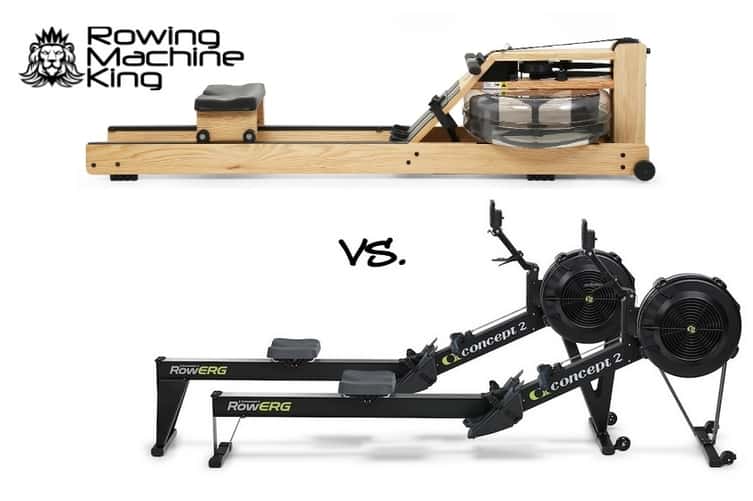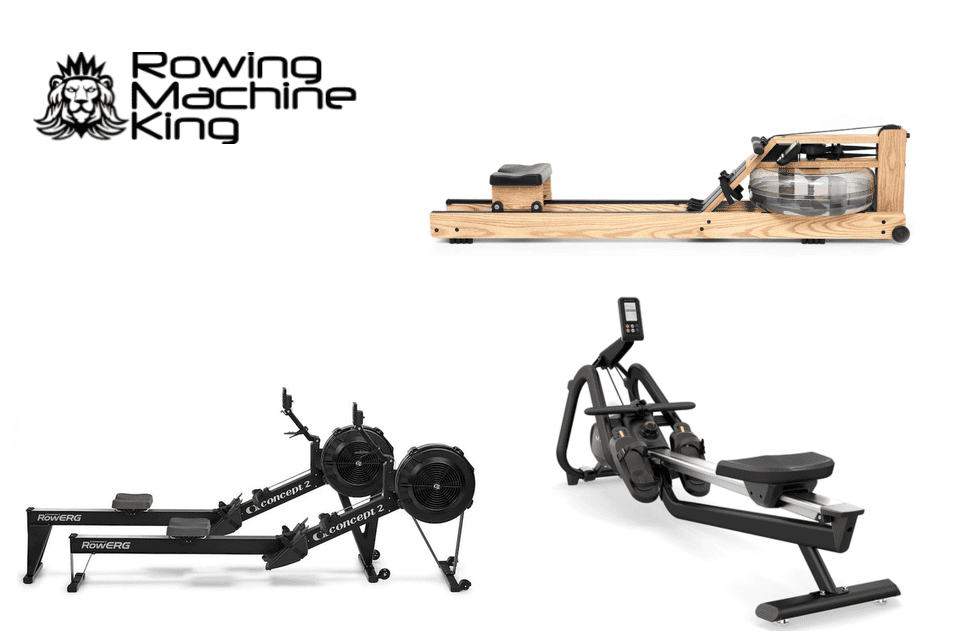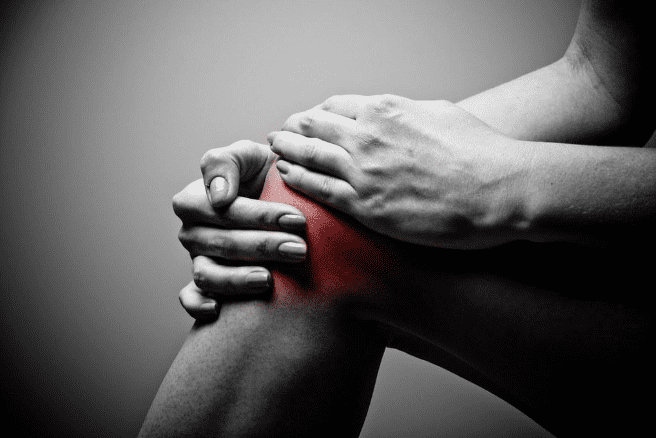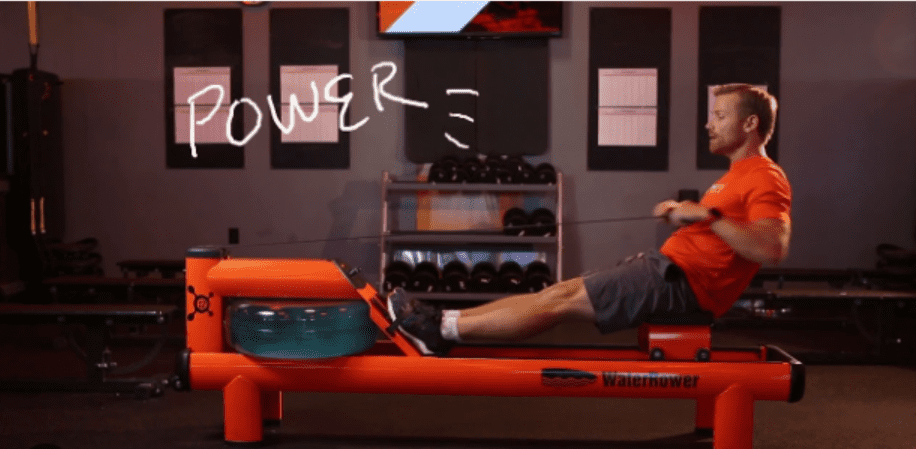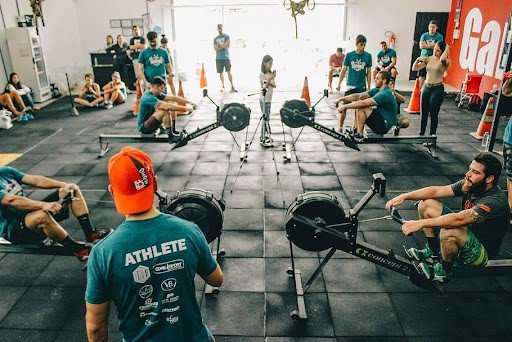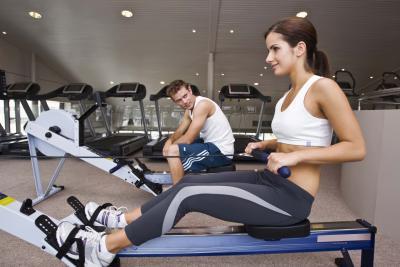
Did you know that rowing machines are the oldest cardio machines in existence?
That’s right — even treadmills, which are the most popular pieces of cardio equipment on the market today, are thousands of years younger than rowing machines.
Many athletes have a love-hate relationship with rowing, but it has a long history of helping people build muscular strength and endurance.
Once reserved for soldiers and college athletes, rowing is now a popular form of exercise for athletes of all ages and skill levels.
But what makes rowing and rowing machines unique? Below are 6 rowing machine fun facts you may be interested in learning before you tackle your next workout.
6 Rowing Machine Fun Facts
If you’re new to rowing, you should know there are a lot more than 6 fun facts about rowing machines! These were the 6 I found to be most interesting :)
If you know more rowing facts please leave them in the comment section below!
1. The use of rowing machines dates back to the 4th century BC
Some 2,500 years ago in ancient Greece, when Athens and Sparta were at war with each other, an Athenian admiral named Chabrias encouraged his soldiers to train onshore in wooden rowing frames. This allowed them to master the proper rowing technique before they headed out to sea.

In case you haven’t kept up on your ancient Greek history lessons, Chabrias’ innovative training strategy paid off. He led Athens to victory at the Battle of Naxos, which was Athens’ first naval victory in decades.
2. The first indoor rowing machine in modern history was invented by one of the world’s strongest men
In 1871, an athlete named William Buckingham Curtis received a patent for his hydraulic-based damper rowing machine. What made the machine unique was its flywheel and ratchet system. Flywheels are still used today by many high-end rowing machines, including the popular Concept 2 rower.
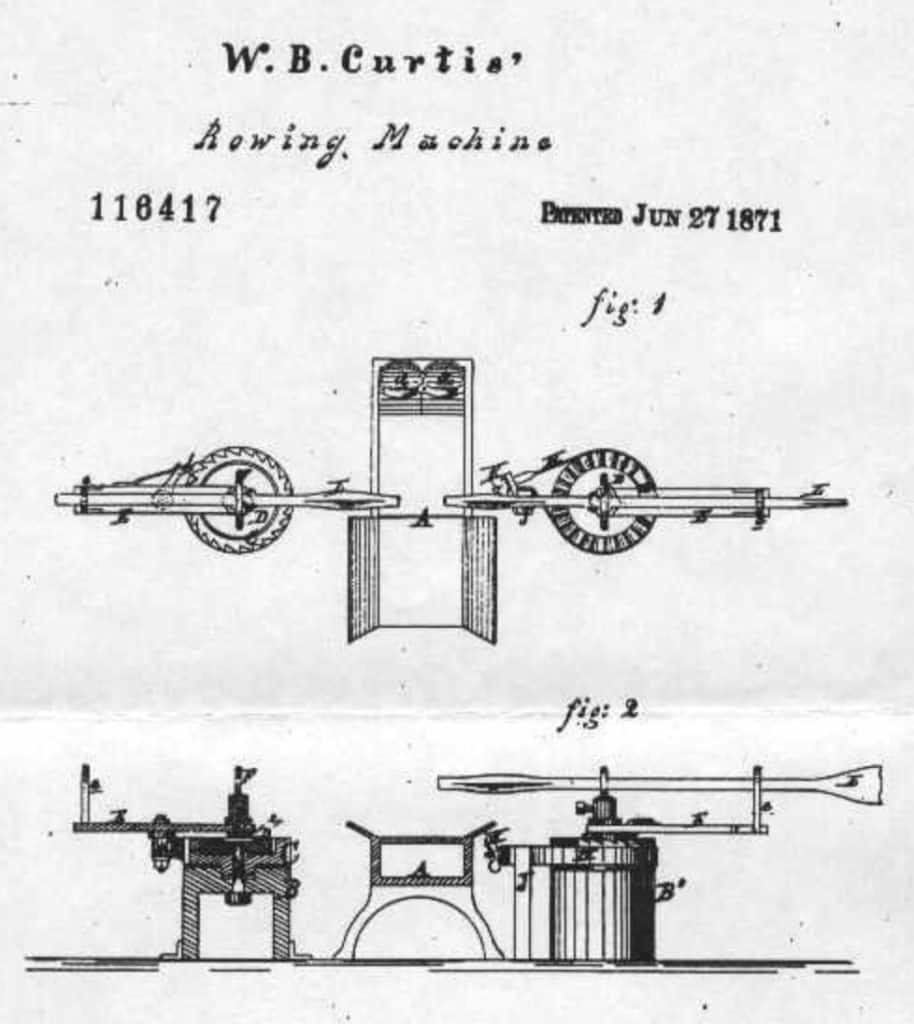
Curtis wasn’t just known for revolutionizing the rowing machine. He was dedicated to getting rid of fraud and corruption in organized sports and became known as “the father of amateur athletics.” In 1888, he founded the Amateur Athletic Union, which eventually became the U.S. Olympic Committee. He also founded the New York Athletic Club.
If that doesn’t impress you, you should also know that Curtis was once considered one of the world’s strongest men. He reportedly lifted over 3,600lbs on his back!
3. Taller and heavier athletes have an advantage with rowing
If you’ve watched CrossFit competitions or you’ve been following the sport for a while, you’ve probably heard that tall people are at a disadvantage with most CrossFit movements.
However, most tall CrossFitters rejoice whenever rowing shows up in a WOD (workout of the day). As a tall, long-limbed CrossFitter myself, I can relate. I know I’ll never crush a WOD with thrusters or snatches, but I do a little happy dance whenever I get to hop on the rower.
But why do tall athletes excel at rowing? It’s because they have longer limbs that allow them to pull the handle on a machine a greater distance. This means they can row further with fewer strokes than individuals with shorter arms and legs.

Taller athletes also tend to weigh more. Having more muscle mass allows them to transfer more momentum onto the machine. As a result, they can generate more power and cover longer distances in a shorter amount of time.
Of course, this doesn’t mean you can’t be a good rower if you’re short or you have a smaller build. It just means you’ll have to work harder if you want to become successful at rowing.
You’ll also be happy to know that due to taller/stronger rowers having an advantage in rowing, the Olympics has weight limits for different events. This means smaller, lighter rowers compete against athletes who are a similar size!
4. Having good mobility is necessary for rowing
Because rowing is a seated sport, rowers have a greater need for mobility than athletes in other sports. Flexibility in the ankles, legs, and hamstrings is especially important for rowers because it:
- Prevents injuries and keeps your joints healthy
- Allows you to achieve a full range of motion with each stroke
- Prevents you from overcompensating with your lower back
- Helps you become a faster rower
Hip mobility and thoracic mobility are equally as important, especially for athletes who also work desk jobs. You spend several hours sitting in a chair, then hop on a rowing machine where you sit some more.
All that sitting causes the hip flexors to compress, which leads to low back pain, inefficient use of the glutes, and improper rowing technique. Spending the day hunched over a computer also causes rounding in the mid and upper back. This makes it more difficult for you to maintain the proper torso angle during the recovery and catch phases while you row.
To combat this, rowers should spend at least 10-15 minutes each day working on mobility. Foam rolling, stretching the hip flexors and lower body, and using a lacrosse ball to focus on specific trigger points can all help improve your mobility.
5. Even though rowing utilizes more muscle groups than running or cycling, it’s considered a low-impact activity
Compared to running or cycling, rowing is more of a full-body exercise. While running and cycling demand power from the legs and glutes, rowing utilizes muscles in the core, upper back, arms, and shoulders as well. In fact, rowing machines utilize about 84% of the muscles in your body.
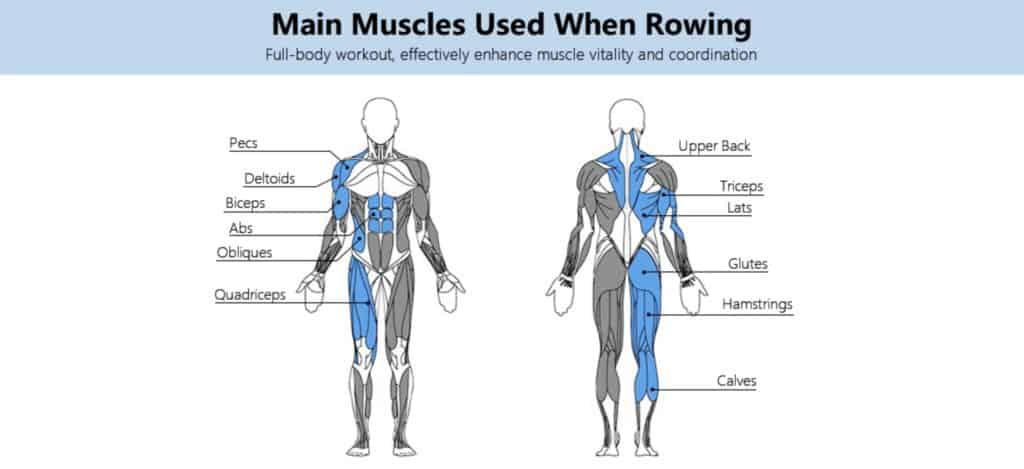
But as strenuous as it can be, rowing is considered a low-impact sport because it puts less pressure on the knees and ankles than other forms of cardio. It’s a great way for athletes in other sports to maintain their cardiovascular fitness without putting more stress on their bodies. Many athletes also use rowing as active recovery on their days off from their regular training.
6. Rowing requires a lot of mental strength
I’m sure you already know how much physical strength is required for rowing, but you may not realize how much mental strength is needed as well. Just imagine how much mental toughness the 2018 CrossFit Games athletes needed to complete the marathon row!
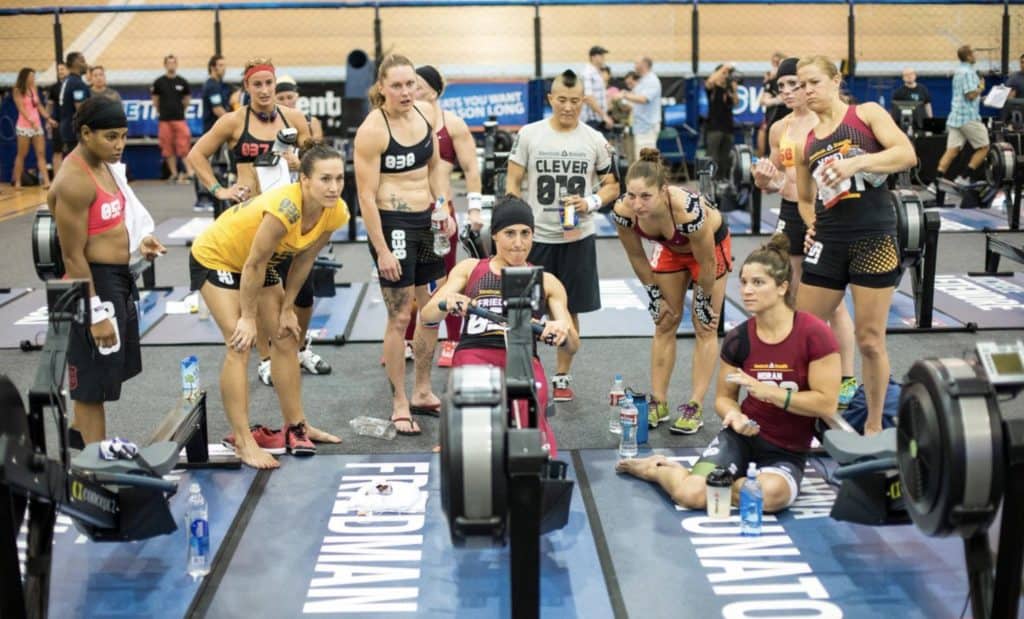
Don’t worry — nobody is expecting you to row 42,195 meters just for fun. But whether you’re rowing short or long distances, doing intervals, or steady-state cardio, rowing requires a great deal of concentration and mental fortitude. It takes a lot of effort to focus on your form and breathing while also pushing through the pain and fatigue as you get tired.
Final Thoughts
You probably never realized that there were so many fun facts about rowing machines. The six rowing machine facts in this article just barely scratch the surface of the history of rowing and all of its benefits.
The next time you jump on a rower, say thank you to Chabrias and William Buckingham Curtis. Without them, we may not have the rowing machines that we love — or love to hate — today!


